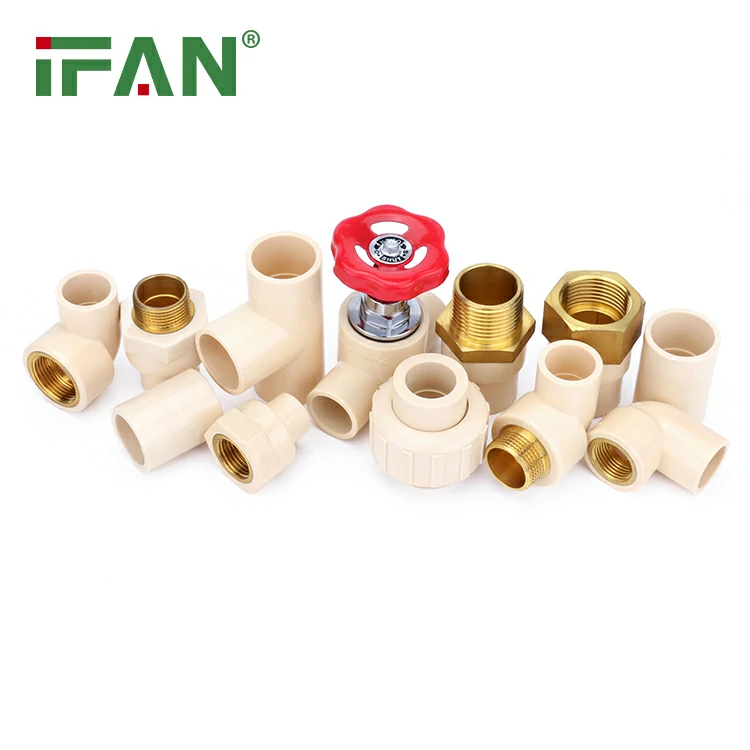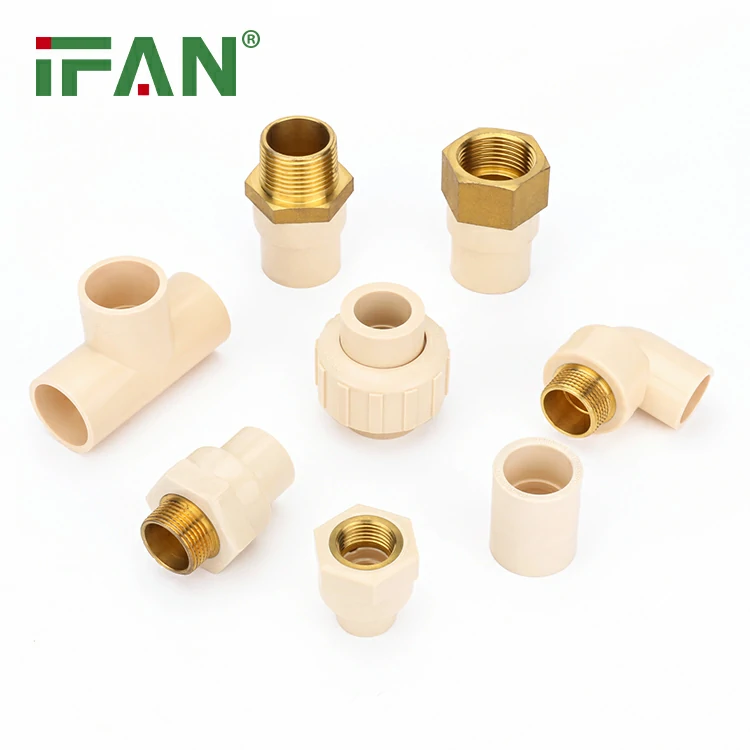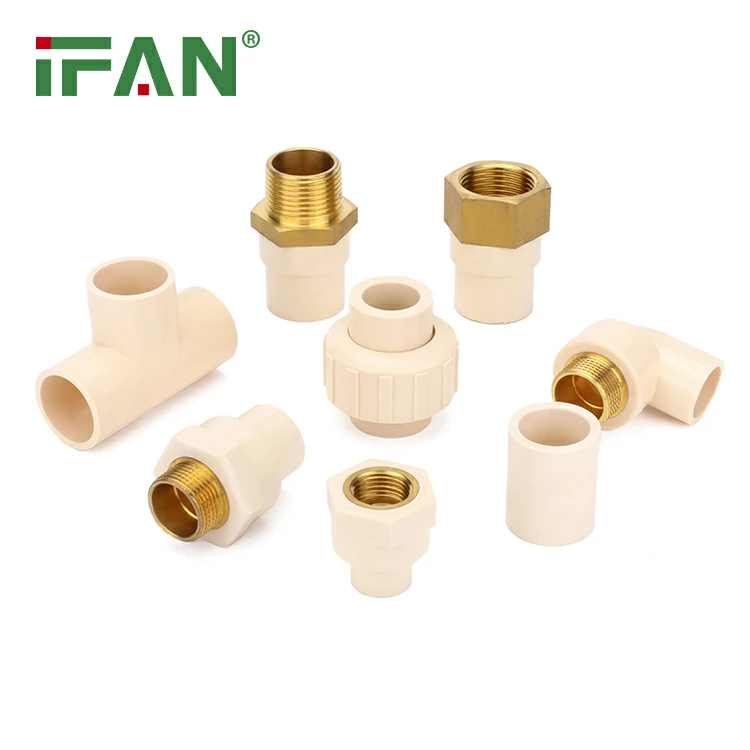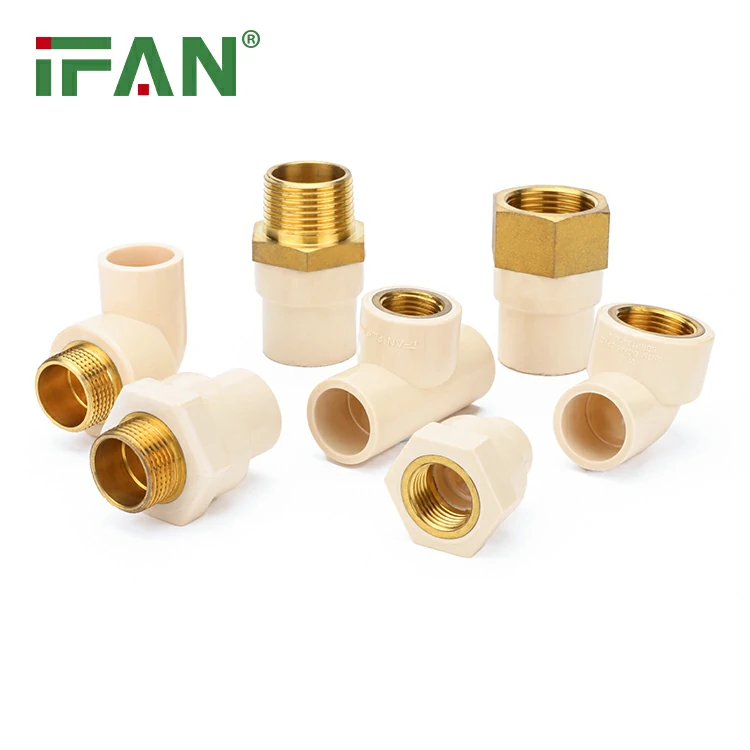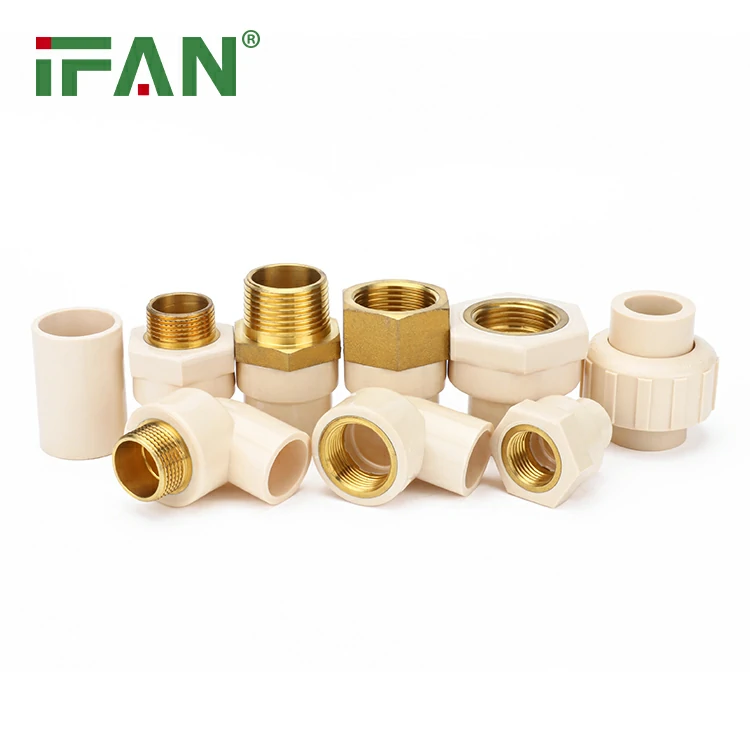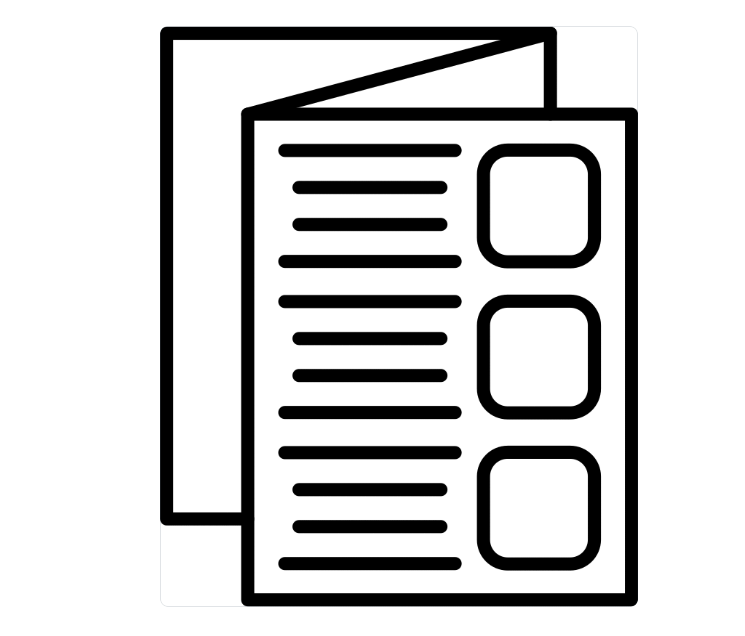IFAN Wholesale CPVC Pipe Fitting
Category : Click Download
Whatsapp : +86 19884503412
Wechat : 19884503412
Description
Understanding CPVC and Its Joining Methods
CPVC stands for chlorinated polyvinyl chloride, a common plastic used for plumbing in hot and cold systems.
It offers high heat resistance, corrosion protection, and easy handling for both residential and commercial plumbing.
Joining a CPVC Pipe Fitting usually involves solvent welding using specially formulated cement.
This process chemically softens the pipe surface to create a strong, leak-proof bond.
However, questions often arise about whether primer is needed before applying the cement.
Understanding this process is key to ensuring safe, long-lasting pipe installations.
What Is Primer and How Does It Work?
Primer is a chemical preparation used to clean and soften thermoplastic pipe surfaces before solvent cementing.
It helps break down the top molecular layer of the pipe or fitting material.
This softened layer ensures better absorption of the cement and promotes a complete fusion.
For a CPVC Pipe Fitting, primer may improve the bond strength in demanding applications.
Typically, primers are purple or clear and are applied with a dauber or brush.
Its use depends on manufacturer recommendations and local plumbing codes.
Manufacturer Guidelines on Priming CPVC
Many manufacturers suggest that priming is optional for CPVC in certain low-pressure applications.
However, others recommend it for systems carrying hot water or under constant pressure.
Using a primer on a CPVC Pipe Fitting ensures maximum bond integrity and long-term performance.
It’s especially helpful in installations where pipe preparation conditions are less than ideal.
Always check the specific product instructions printed on the cement and primer containers.
Some CPVC cements are even formulated for use without primer if conditions allow.
When Is Priming Absolutely Required?
Priming is required when dictated by local building codes or inspection requirements.
In areas governed by the Uniform Plumbing Code (UPC), primer is mandatory for CPVC pipe joining.
Even when optional, using primer on a CPVC Pipe Fitting adds an extra layer of safety.
Applications involving hot water recirculation lines, chemical exposure, or higher pressures benefit from priming.
Cold, damp, or dirty conditions during installation also increase the need for proper surface preparation.
In these cases, priming should not be skipped.
Situations Where Primer May Not Be Needed
For short runs of cold water or temporary low-pressure systems, primer may not be necessary.
Some CPVC cement products include aggressive solvents that work effectively without separate priming.
When using such products on a CPVC Pipe Fitting, ensure compatibility with the pipe material.
Always clean the pipe thoroughly using a dry cloth before applying the cement.
Dry fitting before cementing also helps ensure the components align properly.
In ideal conditions, skipping primer might be acceptable, but caution is advised.
Risks of Skipping Primer Improperly
Failing to use primer where required can lead to poor joint bonding or long-term leaks.
In worst-case scenarios, a CPVC Pipe Fitting could separate under pressure and cause water damage.
Inspections may also fail if primer is not used where code mandates it.
Purple primer leaves a visible mark, making inspection easy and confirming the work was done properly.
Skipping primer without proper justification may void product warranties or lead to legal liabilities.
It’s always better to err on the side of safety when in doubt.
Proper Steps to Prime and Cement CPVC
To prime a CPVC Pipe Fitting correctly, begin by cutting the pipe square using a pipe cutter.
Deburr and clean both ends to remove rough edges and dirt.
Apply primer to both the pipe end and the fitting socket using a dauber.
Then, immediately apply solvent cement while the primer is still wet.
Push and twist the pipe into the fitting, holding for 30 seconds to ensure bonding.
Wipe off excess cement and allow the joint to cure before testing the system.
Final Thoughts and Best Practices
Whether or not you need to prime a CPVC Pipe Fitting depends on several factors.
These include water temperature, pressure, environmental conditions, code requirements, and manufacturer instructions.
While not always required, using primer improves the reliability and life span of the system.
For critical or permanent installations, the extra step of priming is a worthwhile precaution.
Consulting a licensed plumber or inspector can help clarify the best approach for your project.
Taking the time to follow best practices ensures safe, code-compliant, and durable pipe installations.
相关产品
- PVC Pipe & Fittings
Beige CPVC Seated Female Socket
- PVC Pipe & Fittings
Beige CPVC Female Elbow
- PVC Pipe & Fittings
Beige CPVC Reduce Tee
- PVC Pipe & Fittings
Beige CPVC Bush
HAVE ANY QUERIES? SEND TO CONTACTOANTSMACHINE.COM
ONTACT US

